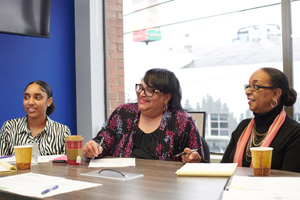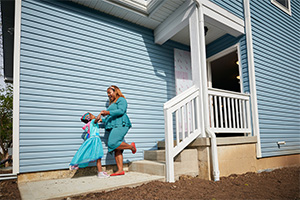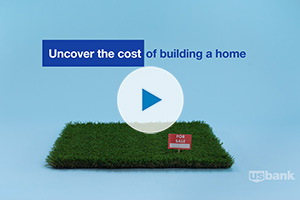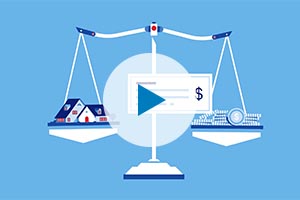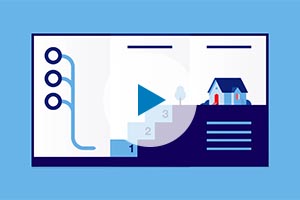The home you’ve been dreaming of is about to become yours. Breeze through closing day with this step-by-step checklist.
When it comes to the home-buying process, closing day is the big finale – the day the house officially becomes yours. At this point, you’ve already completed the home inspection and appraisal. You’ve also submitted your financials to your loan underwriter and received the “clear to close” designation.
But before you celebrate, there are still a few “T’s” to cross, some “I’s” to dot, and a little – OK, a lot – of paperwork to sign. Here’s a step-by-step checklist of what to do and expect come closing day.
Before your closing appointment
Being prepared will make the closing process go much smoother.
1. Clear your schedule: Plan to spend at least two hours at closing. You don’t want to rush through the paperwork for what may be one of the biggest purchases of your life.
2. Do a final walk-through: If you haven’t already, complete the final walk-through. It’s an opportunity to view the property you’re purchasing one more time before closing. It can typically take place anywhere from a few hours to a few days before the settlement. This allows you to make sure the home is still in good condition. Furthermore, you can double check that any last-minute repairs you’ve negotiated with the seller have been made.
3. Review the closing disclosure: By law, a buyer must receive a closing disclosure from the lender at least three business days before the settlement. Take time to read and review the document a couple of times. This document will spell out your loan terms, projected monthly payments, fees and other costs you’ll pay at closing.
4. Gather the necessary documents: The title company will do most of the legwork when it comes to assembling the paperwork necessary for closing. But there is one very important document you need to supply: proof of identification. You – and anyone who may be purchasing the home with you – need to prove you are who you say you are. This can be done with a driver’s license or passport.
5. Stop by the bank: A regular check won’t suffice when it comes to purchasing a home. The seller needs to know you have the funds to cover closing costs. Costs may include fees for the underwriter, appraisal, home inspection, title search and loan origination. You’ll need to stop by the bank for a cashier’s or certified check. On average, a buyer should expect to pay two to five percent of the home’s value in closing costs.
At the closing appointment
Here's what you can expect at the closing meeting.
6. Meet the team: It takes a village to close on a house. In addition to your real estate agent, other people will be present at closing. They can include the seller, the seller's agent, escrow/closing agent, an attorney, a representative from the title company and the mortgage lender.
7. Ask questions: At your closing, you may be agreeing to up to 30 years of mortgage payments. Take your time, make sure you understand what you’re signing and don’t be afraid to ask clarifying questions. When is my first mortgage payment due? Where do I send my payment? What happens if I’m late on a payment? No question is too simple.
8. Sign the papers: This is it – the moment you’ve been waiting for! At closing, you’ll sign the paperwork that officially allows you to call the home yours. Your hand will cramp and your eyes will glaze over, but read every document the title company puts in front of you for a signature. These will vary depending on where you live and the specifics of your home. But generally, expect to see the closing disclosure, promissory note, mortgage or deed of trust, and warranty deed or title.
After the appointment
Load up the moving truck, because the house is officially yours.
9. Celebrate: Whether this is your first home or last home, buying a house is a big achievement and major life milestone. Go ahead and celebrate and enjoy your next adventure!
10. Find a safe place to keep the closing documents: Even after all is said and done, you’ll likely have to refer to your closing documents on occasion. Keep them stored in a safe place, such as a fire- and water-proof safe, where they’ll be easily accessible.
Learn more about how to navigate the home buying process.















